Polonnaruwa
Polonnaruwa: The Ancient City of Kings
Polonnaruwa, a UNESCO World Heritage Site, is a magnificent testament to Sri Lanka’s ancient civilization. Nestled in the heart of the North Central Province, Polonnaruwa served as the country’s capital during the 11th and 12th centuries, flourishing as a hub of culture, religion, and governance under the reign of powerful monarchs. Today, it remains a stunning open-air museum of ruins, temples, and palaces, offering a glimpse into the grandeur of Sri Lanka’s past.
Historical Significance
Polonnaruwa rose to prominence after the fall of Anuradhapura, becoming the island’s capital under King Vijayabahu I. The city reached its zenith under King Parakramabahu I, who spearheaded massive irrigation projects, constructed monumental buildings, and developed Polonnaruwa into a thriving kingdom. After being abandoned in the 13th century due to invasions, the city’s ruins now symbolize Sri Lanka’s enduring heritage.
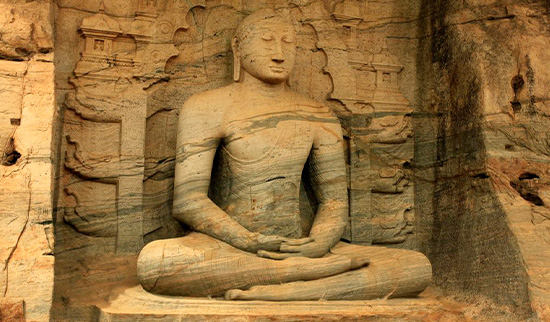
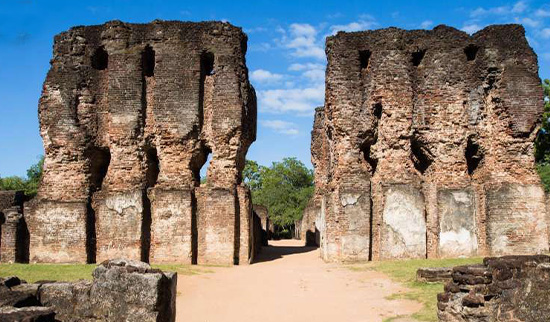
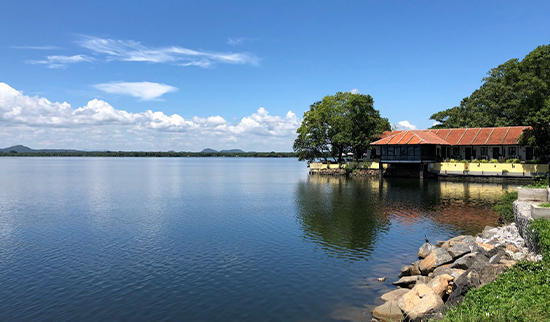
Key Attractions in Polonnaruwa
1. The Royal Palace Complex
The remains of King Parakramabahu I’s Royal Palace, also known as Vijayanta Prasada, showcase the grandeur of ancient Sri Lankan architecture. The massive structure, originally seven stories high, features intricate carvings and impressive brickwork. Nearby, the Council Chamber and royal baths are equally fascinating.
2. Gal Vihara
The Gal Vihara is one of Polonnaruwa’s most iconic sites, showcasing a collection of four Buddha statues carved into a single granite rock. These masterpieces—depicting the Buddha in standing, reclining, and seated postures—are celebrated for their exquisite craftsmanship and spiritual aura.
3. Parakrama Samudraya
This massive reservoir, built by King Parakramabahu I, exemplifies the advanced irrigation systems of ancient Sri Lanka. Known as the Sea of Parakrama, the reservoir not only supported agriculture but also reflects the king’s vision of ensuring water for all.
4. Rankoth Vehera
Rankoth Vehera, the largest stupa in Polonnaruwa, stands at a height of 54 meters and is surrounded by smaller shrines. Built during the reign of King Nissanka Malla, this stupa is a prominent example of Polonnaruwa’s religious devotion.
5. Lankatilaka Vihara
This impressive structure is a massive image house that once housed a colossal standing Buddha statue. The towering walls of Lankatilaka Vihara, adorned with carvings, create an awe-inspiring atmosphere.
6. Shiva Devalayas
Polonnaruwa is home to several Shiva temples that highlight the influence of South Indian Chola invaders. These compact yet intricately designed temples reflect the harmonious coexistence of Hinduism and Buddhism in the ancient kingdom.
7. Vatadage
The Vatadage, a circular relic house, is an architectural marvel. Built to enshrine sacred relics, it features intricate stone carvings, moonstones, and guardstones, making it a prime example of Polonnaruwa’s artistic brilliance.
Activities in Polonnaruwa
- Cycling Tours: The flat terrain and well-preserved ruins make Polonnaruwa perfect for exploration by bicycle. Many rental shops are available near the archaeological site.
- Wildlife Safaris: Visit nearby Minneriya National Park or Kaudulla National Park to witness the famous elephant gatherings and diverse wildlife.
- Photography: Capture the beauty of ancient architecture, serene landscapes, and local life around the city.
- Cultural Exploration: Learn about the history, religion, and artistry of Polonnaruwa through guided tours and museum visits.
Best Time to Visit Polonnaruwa
The ideal time to visit Polonnaruwa is during the dry season, from April to September, when the weather is pleasant for outdoor exploration. Morning or late afternoon visits are recommended to avoid the midday heat.
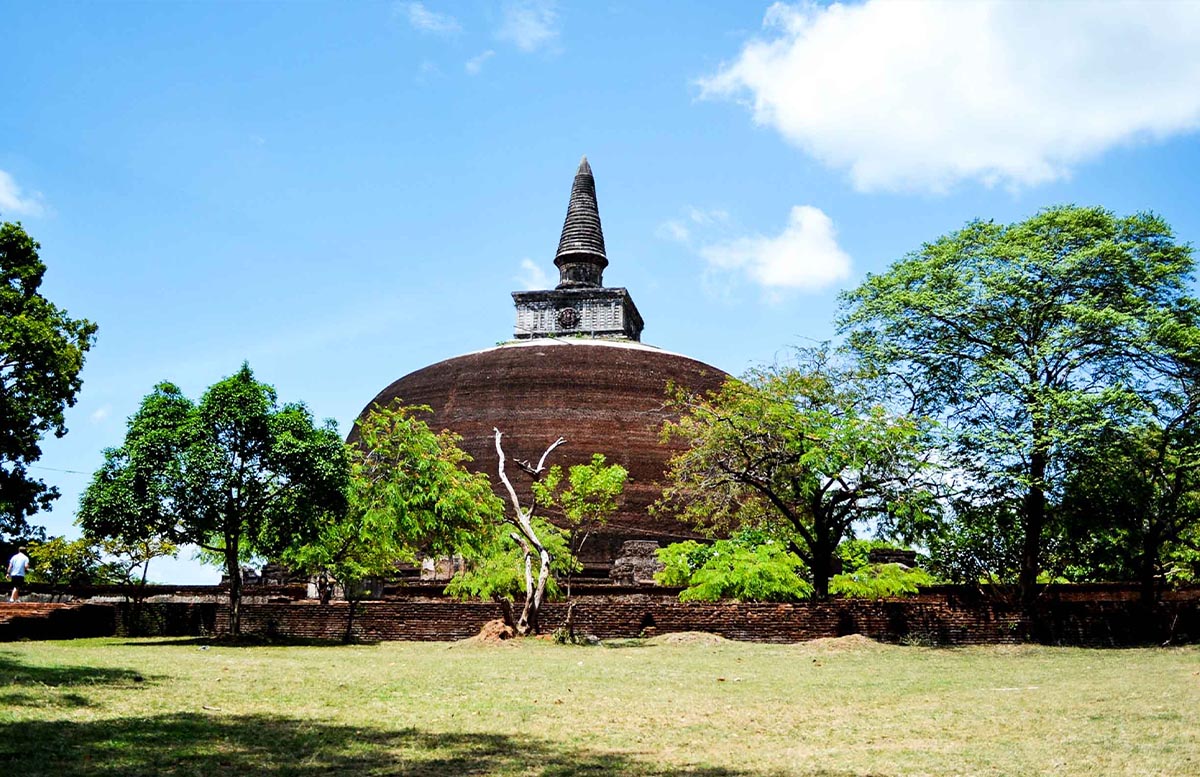
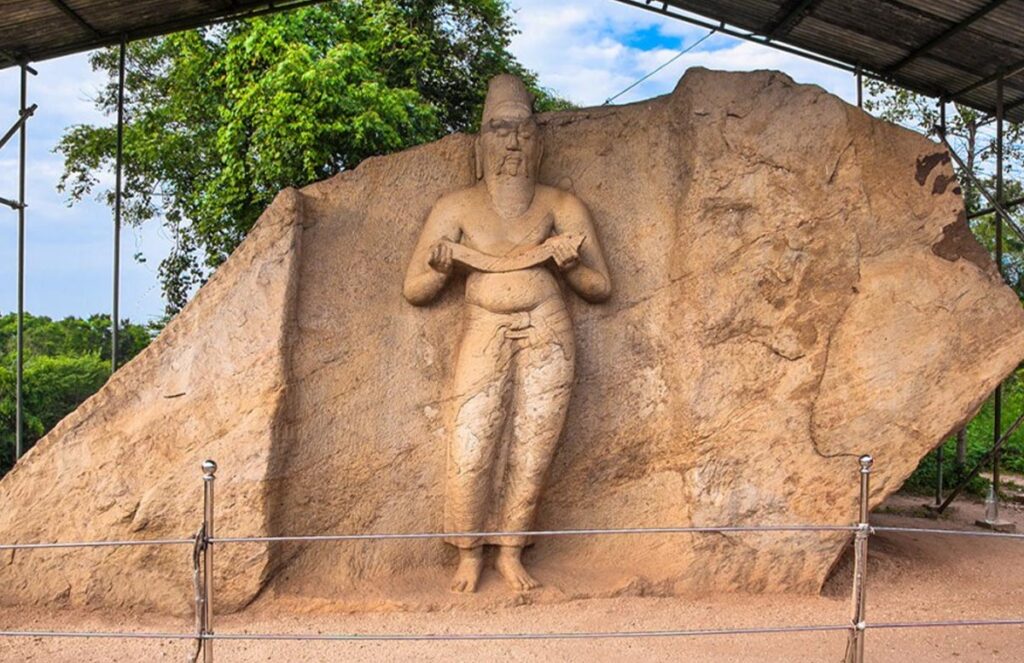
Cultural Heritage
Polonnaruwa reflects a harmonious blend of Buddhist and Hindu cultures, as seen in its temples, sculptures, and inscriptions. The city’s architectural brilliance, combined with its spiritual significance, offers a unique insight into Sri Lanka’s multi-religious history.
Why Visit Polonnaruwa?
Polonnaruwa is more than an ancient city; it’s a window into a golden era of Sri Lankan history. From its intricately carved temples and serene Buddha statues to its awe-inspiring irrigation feats, Polonnaruwa invites you to journey back in time. Whether you’re a history enthusiast, a culture seeker, or simply in search of beauty, Polonnaruwa offers an enriching and unforgettable experience.

